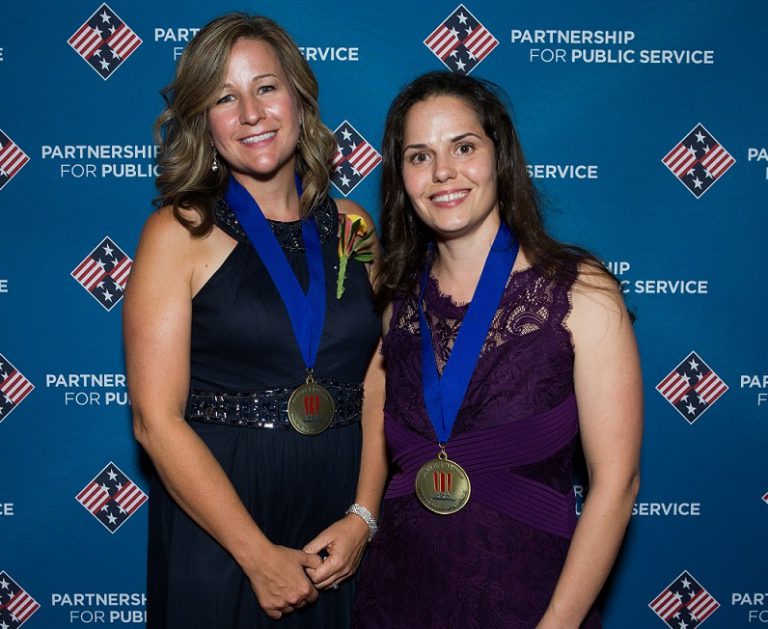 Heads of the FDA’s Center for Devices and Radiological Health (CDRH) recently penned a blog post describing their previous and ongoing efforts with closed-loop artificial pancreas manufacturers to ensure proper testing and validation of the devices.
Heads of the FDA’s Center for Devices and Radiological Health (CDRH) recently penned a blog post describing their previous and ongoing efforts with closed-loop artificial pancreas manufacturers to ensure proper testing and validation of the devices.
In it, Courtney Lias, director of the Division of Chemistry and Toxicology Devices at CDRH, and Stayce Beck, chief of the Diabetes Diagnostics Branch at CDRH, wrote that the experience was fraught with assumptions that can arise when novel technological approaches lack a well-defined regulatory path.
“Without such guideposts, even well-intentioned scientists and businesses can make incorrect assumptions that can cost a lot of time and money, such as assuming FDA only will accept certain types of rigidly-defined data,” they wrote. “Such assumptions inevitably delay patient access to important devices.”
These concerns were at the forefront of the agency as it was preparing to approve Medtronic’s MiniMed device in 2016, Lias and Beck wrote. Diabetes and medical device communities did not believe that an insulin delivery device that works without human input would ever receive a nod from the FDA, and believed that the agency’s caution would unnecessarily delay its availability.
“To correct these assumptions and open a line of communication between FDA and the diabetes community, we developed a proactive approach with patients, their caregivers, device developers, academia, and the many doctors and scientists who have devoted their careers to developing automated insulin dosing systems,” Lias and Beck wrote.
Along with reaching out to these stakeholders from 2012 onward, the FDA’s “artificial pancreas team” met monthly with Medtronic to design an appropriate study based on earlier clearances of insulin pumps, glucose monitors, and insulin dose algorithms.
“We understood their device design and their clinical study approach before they even started the process of developing a medical device for market,” Lias and Beck wrote. “These meetings and relationships helped the artificial pancreas team understand the challenges and questions faced by all involved. It also gave the FDA team an opportunity to provide input on what factors would be critical during review of the product.”
These efforts eventually led the FDA and Medtronic to settle on a balanced pre-market and post-market data collection strategy for the novel device, which was cleared in the following years. Since then, Lias and Beck said that the agency continues to leverage what they learned through conversations with the diabetes community while considering new hybrid or fully closed-loop APs.
“In the diabetes community, the walls are coming down, and we are excited to see the advances for patients that will result,” they concluded.

















